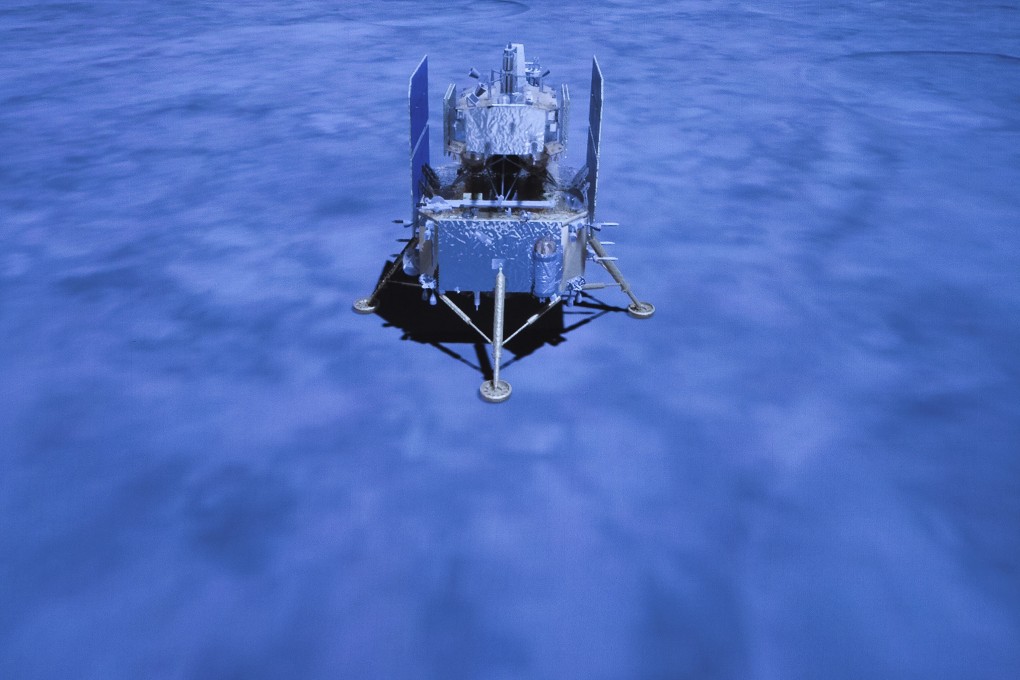China’s Chang’e 5 orbiter en route to solar observation point
- Spacecraft has travelled 1.43 million km in a month and will arrive at its desired location in March, deputy chief designer says
- Orbiter set off on its mission after separating from the Chang’s 5 capsule that carried lunar samples back to Earth last month

The spacecraft, which separated from the capsule that carried lunar samples back home last month, is heading towards a sun-Earth Lagrange point, about 1.5 million km from the Earth.
Lagrange points – named after the Italian-French mathematician Josephy-Louis Lagrange – are positions in space where the gravitational pull of two large masses is equal, so spacecraft require less fuel to hold their position.
The so-called L1 point between the sun and the Earth is regarded as the ideal spot for solar observation as the view is never obstructed. The European and US space agencies have carried out similar observations there and it will be the future home of Nasa’s James Webb Space Telescope.
Thanks to “the high accuracy of orbital injection”, the Chang’e 5 orbiter consumed just 0.3 per cent of its designed propellant for orbit correction during the lunar mission last month and had over 200kg (440lbs) remaining for further manoeuvres, the China Academy of Launch Vehicle Technology said in a statement.
Sheng Ruiqing, deputy chief designer of Chang’e 5 probe, said the orbiter had travelled 1.43 million km in a month, had more than 100kg of fuel and would take over two months to complete the rest of its journey at a reduced speed.